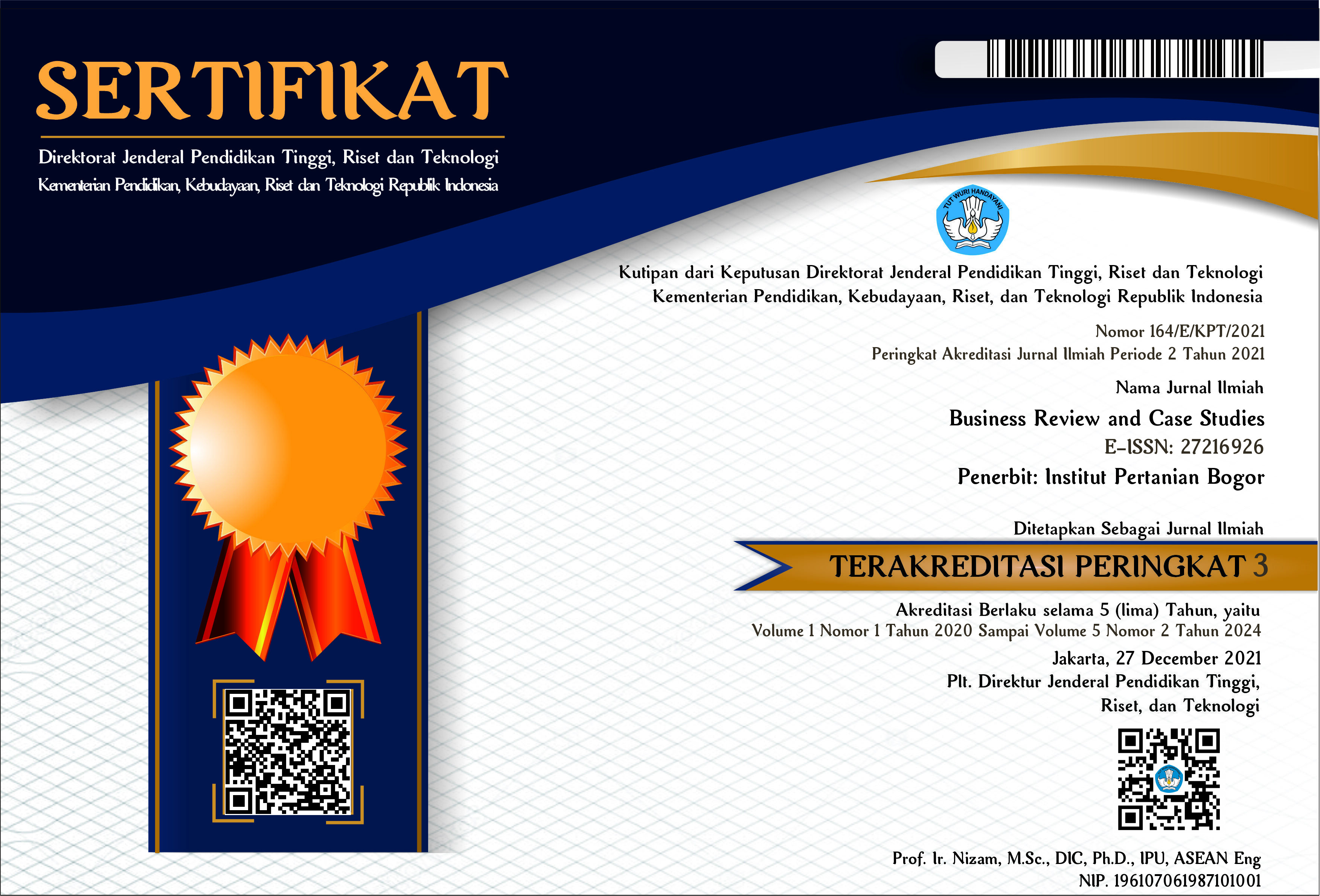Capital Structure and Its Impact on Firm Financial Performance in The Transportation and Logistic Sector
Abstract
Capital structure was a structure that contained a combination of debt and company capital to support operational activities, so this was a concern for company management, including companies in the transportation and logistics sector. Transportation and logistics sector companies had an important role in the country's economy in that they moved goods or passengers from one place to another. However, there were companies in the transportation and logistics sector that had high levels of debt but could record profits, while there were companies that had low levels of debt but suffered losses. Therefore, the aim of this research was to describe the dynamics of capital structure and financial performance and analyze the influence of capital structure on the financial performance of companies in the transportation and logistics sector. This study used 18 samples of transportation and logistics sector companies using purposive sampling technique. The analytical method used was descriptive analysis and panel data regression. The results of this research showed that capital structure as proxied by the level of debt (Debt to Assets Ratio (DAR), Debt to Equity Ratio (DER), Short Term Debt (STD)) had a negative influence on the company's financial performance as proxied by the Return On Assets (ROA) ratio. Meanwhile, the effect of capital structure proxied by retained earnings variable had a positive effect on ROA.
Keywords: capital structure, debt ratio, financial performance, retained earnings, transportation and logistics sector







.jpg)






